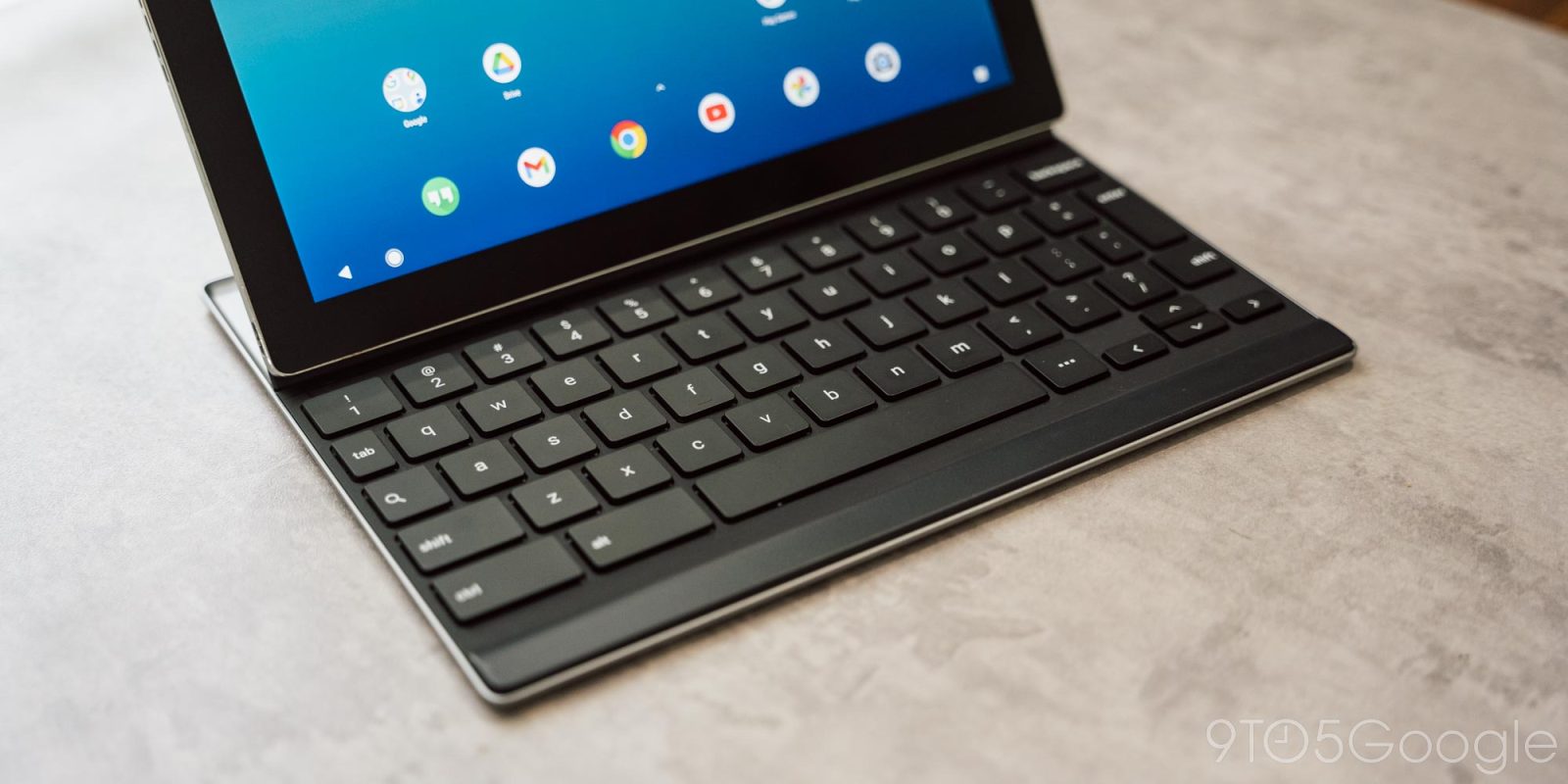
The Pixel Tablet is finally getting an official keyboard and, while that’s potentially exciting, Google set a high bar for tablet keyboards nearly a decade ago, and one that Pixel Tablet likely won’t reach.
Back in 2015, Google released the Pixel C. The high-end, metal-clad Android tablet never stood much of a chance given the state of Android on big screens at the time, but it left a lasting impression thanks to its stellar hardware.
The biggest win on Google’s hardware with the Pixel C was the keyboard which, to this day, I don’t think anyone has improved upon.
The Pixel C’s keyboard attached to the back of the tablet with exceptionally strong magnets, and a kickstand allowed the tablet to be oriented at some pretty flexible angles. When you were done, a smooth “snap” motion disconnected the tablet from the keyboard, and more magnets let the keyboard then stow away on the front of the tablet to cover up the screen.
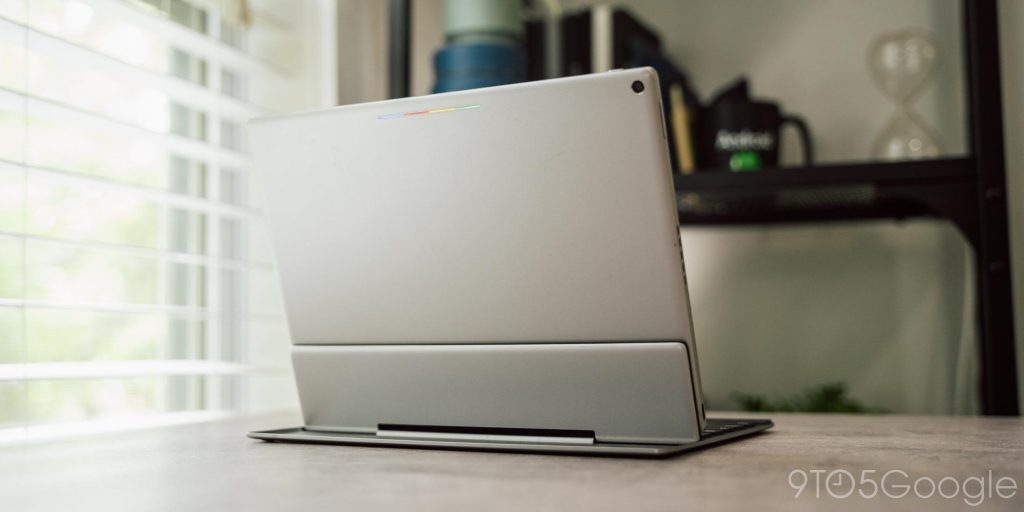
The experience of using that is just so, so good, but it didn’t stop there.
Charging up the keyboard never required a cable or really any thought. Rather, wireless charging coils in the keyboard and behind the Pixel C’s display would charge up the keyboard whenever you had the whole system closed up. Absolutely genius!
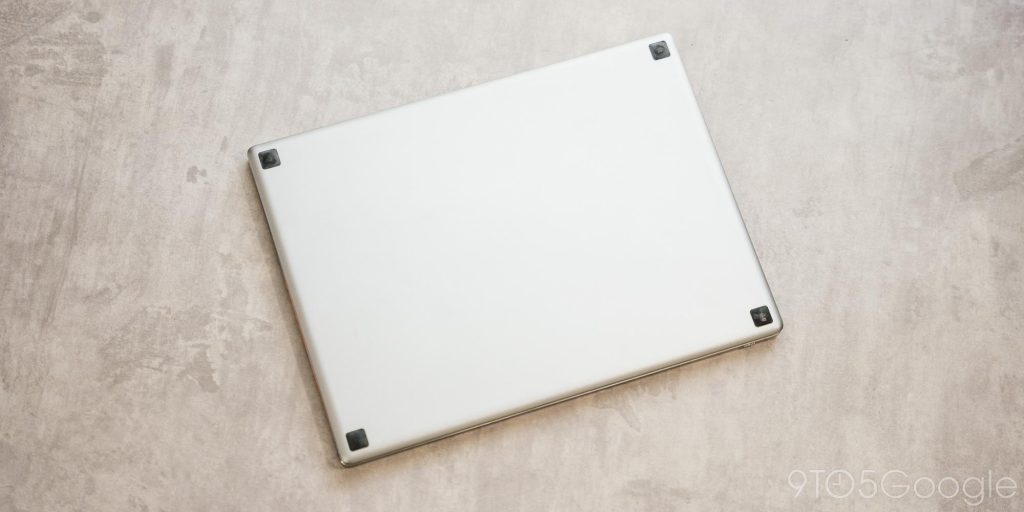
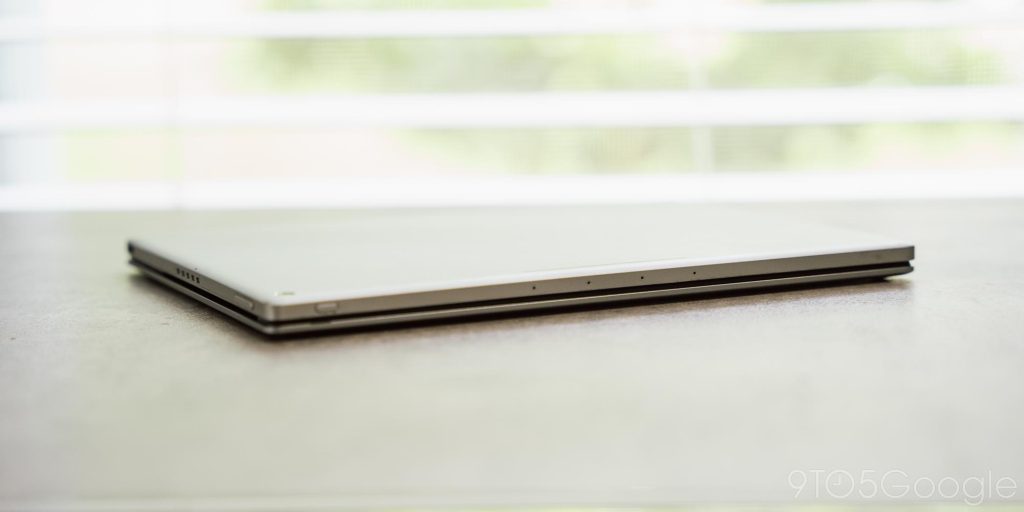
I have little to no hope that Google’s upcoming keyboard for the Pixel Tablet will remotely match up to what was released for the Pixel C.
And that’s a shame, because, in theory, Google could mirror this pretty easily. The Pixel Tablet already has the magnets on its back to replicate the stand portion of the C’s keyboard, but the fact that this was released so late tells me that there’s no chance the company hid the wireless charging hardware needed to copy the charging experience.
The simple fact that Google is releasing a Bluetooth keyboard for the Pixel Tablet instead of using the contact pins that already exist for the dock says just about all there is to say about how this product is probably being rushed. And, if anything, that just replicates the one problem with the Pixel C’s keyboard – input latency. Bluetooth as a standard has gotten a whole lot better over the years, but it’s still near-impossible for it to match the speed of a physical connection.
What I do hope is that Google keeps this in mind for Pixel Tablet 2. The Pixel C is, nearly a decade later, still the pinnacle of tablet hardware, and it deserves a follow-up.
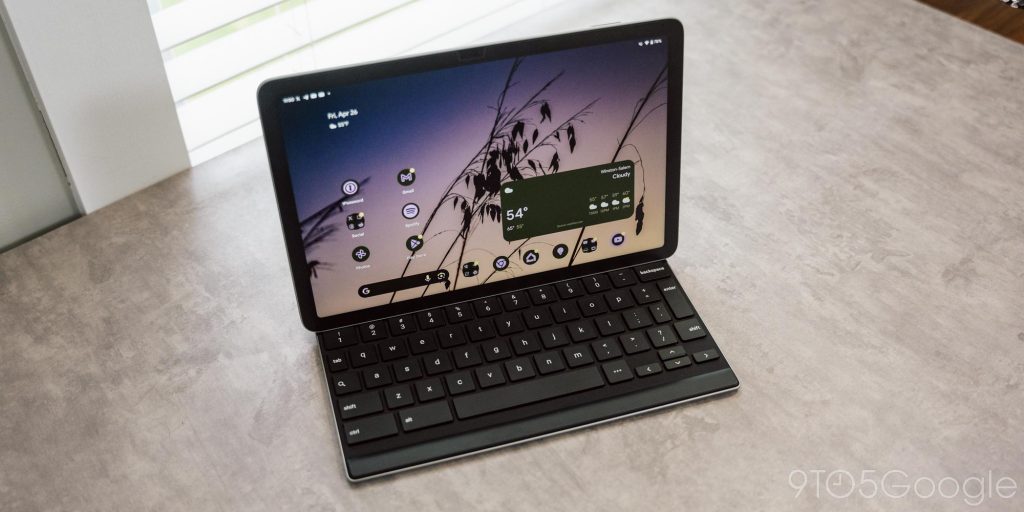
More on Pixel Tablet:
- Pixel Tablet keyboard and dock-less price hinted at in retail listings
- Google Pixel Tablet getting Tap to Cast with UWB Pixel phones
- Pixel Tablet will let you ‘Look and Sign’ to Assistant
Follow Ben: Twitter/X, Threads, Bluesky, and Instagram
FTC: We use income earning auto affiliate links. More.



Comments